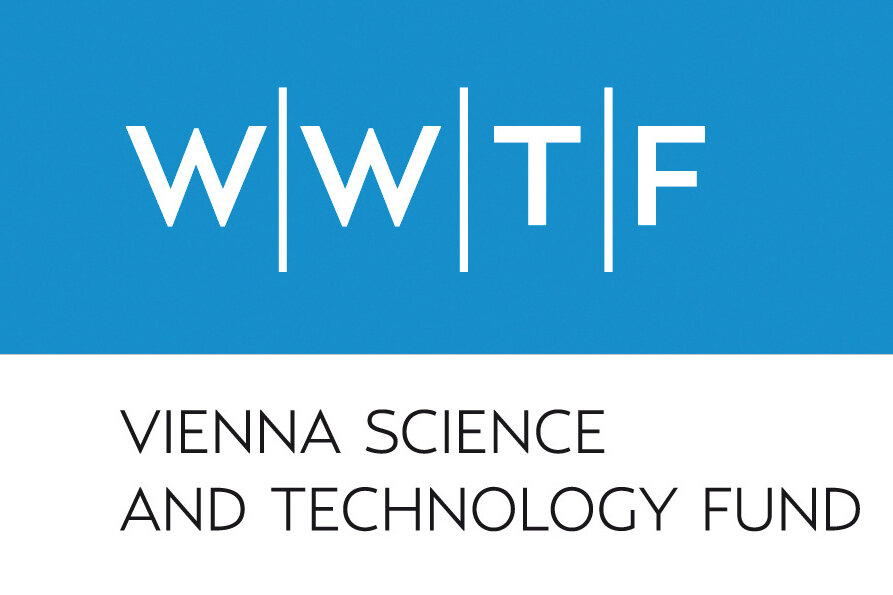A research project (LS24-038) funded by the Vienna Science and Technology Fund (WWTF)

Living tissues have unique mechanical properties, such as viscoelasticity, strain-stiffening or phase transitions, which are key for their biological functions. While some of these behaviours may result from passive physical forces, cells also actively sense and react to mechanical cues in their environment. How these passive and active processes work together to shape tissue mechanics remains unclear, partly because we lack tools to study them across different scales.
The aim of this project is to understand how passive material properties and active cellular responses combine to shape the mechanical behaviour of tissues. To do this, we will use customised biomimetic droplets and zebrafish-derived cell clusters to create model systems that mimic key mechanical features of living tissues. These systems will allow us to tune how strongly they respond to physical forces. Using a new opto-rheological platform, we will measure their mechanical behaviour while also observing how cells respond at both the molecular and cellular level. By comparing synthetic and biological models, and integrating the results into a biophysical framework, we aim to understand how local mechanical interactions give rise to the distinct properties of living tissues. This approach will help reveal how passive physical forces and active cell responses work together—and guide future efforts to design functional, tissue-like materials.
Project number LS24-038
Principal Investigator and Coordinator:
Diana Pinheiro (Research Institute of Molecular Pathology, Vienna)
Co-Principal Investigators/Core Team Members:
Roberto Cerbino (University of Vienna)
Edouard Hannezo (Institute of Science and Technology Austria (IST Austria))
Links
https://www.wwtf.at/
https://www.wwtf.at/funding/programmes/ls/LS24-038/
https://www.imp.ac.at/groups/diana-pinheiro